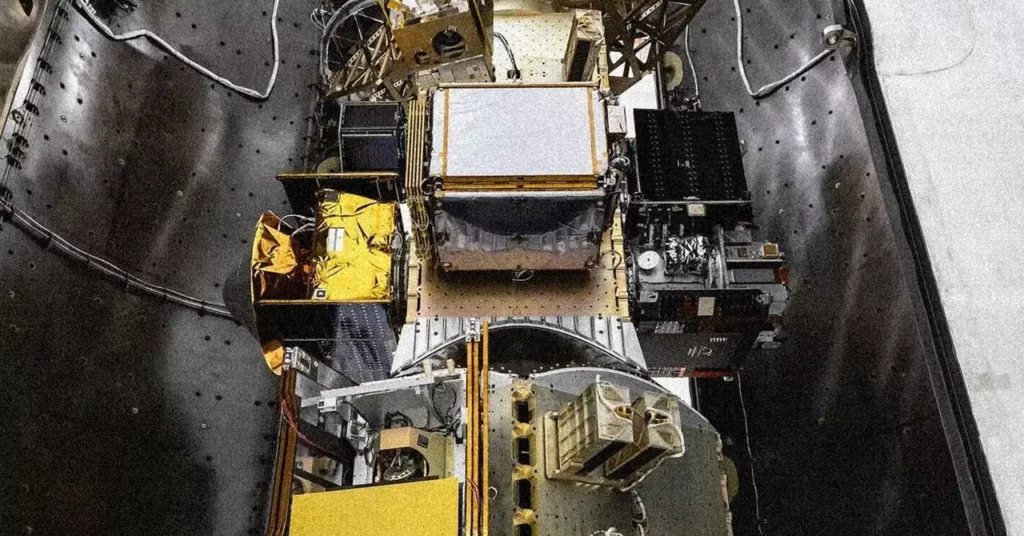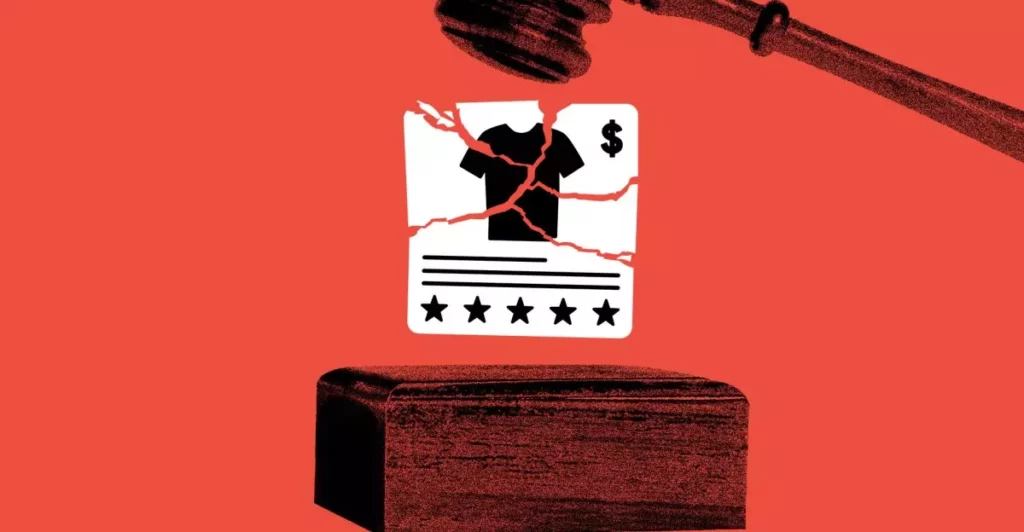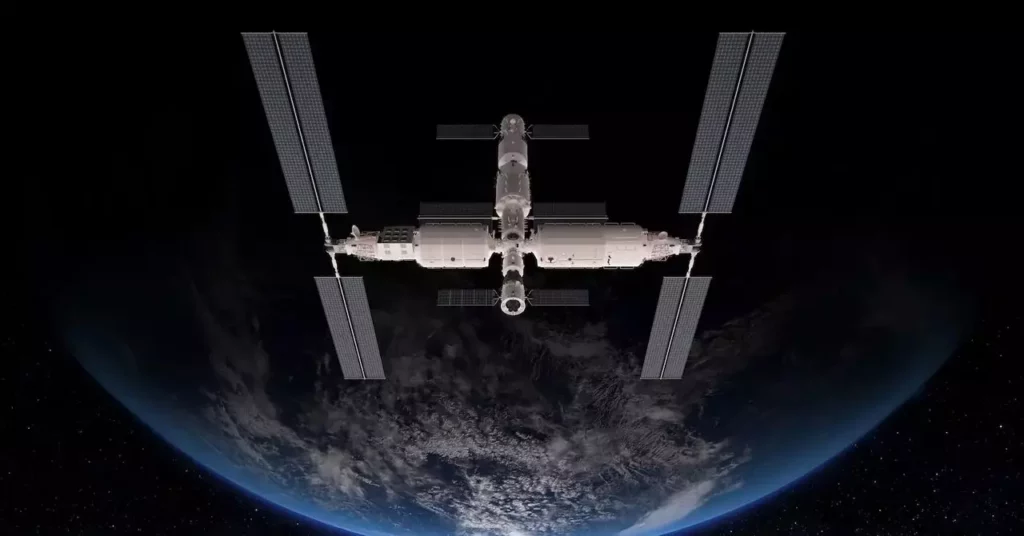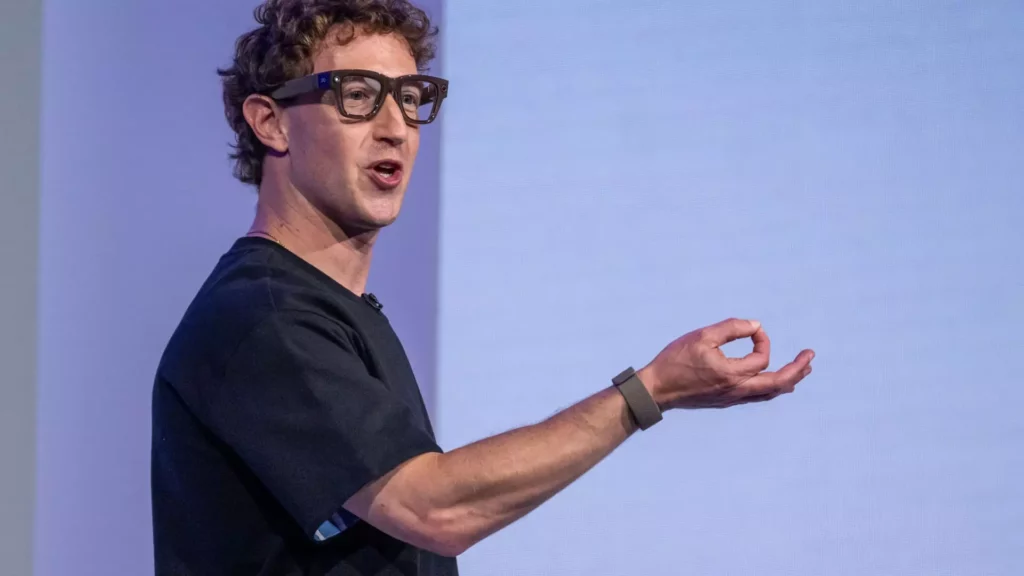Wildfires have become a formidable adversary in our era, threatening both our cherished natural landscapes and the very fabric of human communities. This crisis is intensified by unchecked climate change, which has led to increasingly erratic weather patterns that fuel the flames. As experts have warned, the traditional firefighting methods that once served us well are faltering under the weight of these escalating dangers. There’s a palpable urgency for a paradigm shift in how we approach the issue of wildfires. It’s time to consider that technology is not just an option; it’s a necessary tool in our arsenal against nature’s ferocity.
Tech’s Role in the Battle Against Fire
Many proponents argue that the application of cutting-edge technology in wildfire management can be revolutionary. Satellite surveillance coupled with artificial intelligence not only provides real-time data but elevates our ability to initiate preventive actions. Innovators like Krystal Azelton from the Secure World Foundation emphasize that collecting data is only the first step; the challenge lies in ensuring that this information reaches the people on the ground who need it most. It’s not just about having a fire-detection system in place; it’s about the seamless integration of this technology into everyday firefighting operations.
However, relying too heavily on technological solutions raises valid concerns. While AI can churn through countless data points with remarkable speed, the ultimate effectiveness of this data requires human interpretation. The inherent need for on-the-ground engagement and action underscores the importance of maintaining a human touch in technology-driven initiatives. Without an effective communications framework linking data with operational action, even the most sophisticated technology can prove ineffective.
Bridging the Gap: The ‘Fog of War’ in Firefighting
Organizations such as Fire Sat are tackling what experts call the “fog of war” in firefighting—an apt metaphor for the complexity and instantaneous nature of wildfire events. By offering in-depth situational awareness to firefighting units, Fire Sat aims to illuminate the chaos, empowering professionals with real-time data to efficiently allocate resources. However, the goal of better situational awareness runs the risk of being undermined if firefighters find the new systems too intricate or burdensome.
The challenge here is not just a data crunch; it’s about fostering a collaborative spirit between tech developers and firefighting units. Data needs to be presented in a manner that is accessible and actionable. Only through dialogue can we ensure that firefighters are comfortable with technology, thereby making it an ally rather than an additional hurdle.
Logistical Challenges in Emergency Response
A major flaw in the assumption that technology will swiftly resolve wildfire crises is the inherent complexity in logistics. While emergency alerts from systems like Fire Sat may indicate a flare-up, the reality is that deploying firefighting resources is fraught with challenges. Accessibility issues, complicated terrain, and available manpower all factor into a response that may take much longer than the technology can predict or detect.
Experts, including Daniel Swain, have pointed out that rapid detection will not automatically translate into effective and timely responses. This reality checks the enthusiasm surrounding technological advancements; we must temper our expectations and recognize that tech is only part of the equation.
Timeliness and Community Engagement
Azelton raises an essential point regarding the need for timely and relevant information dissemination, especially for those living in fire-prone areas. Communities that are directly in the path of impending danger need swift updates to make informed safety decisions. While technology can and should bolster our capacity to provide such information, it cannot become a substitute for human judgment and proactive engagement.
As corporations stringently focus on developing and deploying innovative firefighting technologies, there is the risk of prioritizing profit margins alongside public safety. This raises a crucial question: how can we assure that technological advancements genuinely contribute to improving firefighting capabilities instead of becoming mere commodities whose development is motivated by market gain?
The Future: Merging Tradition with Innovation
As we chart our course through the challenges of wildfire management, a future-oriented approach must emphasize the synergy between established firefighting methods and innovative technological solutions. Traditional firefighting wisdom combined with real-time, satellite-sourced data paints a more comprehensive picture of wildfire landscapes, enhancing our defensive measures.
This is less about the hard integration of technology and more about a fundamental rethinking of how information is utilized and shared. By adopting a strategy that embraces collaboration between human intuition and advanced technological insights, we empower our firefighting efforts to be more resilient, adaptive, and ultimately more effective against the escalating threats posed by wildfires.
As we navigate this tumultuous landscape, what remains imperative is to champion a perspective that values both community safety and technological advancement. We must not lose sight of the human element amidst the impressive capabilities of modern science—after all, it is people on the ground who face these challenges head-on.









Leave a Reply